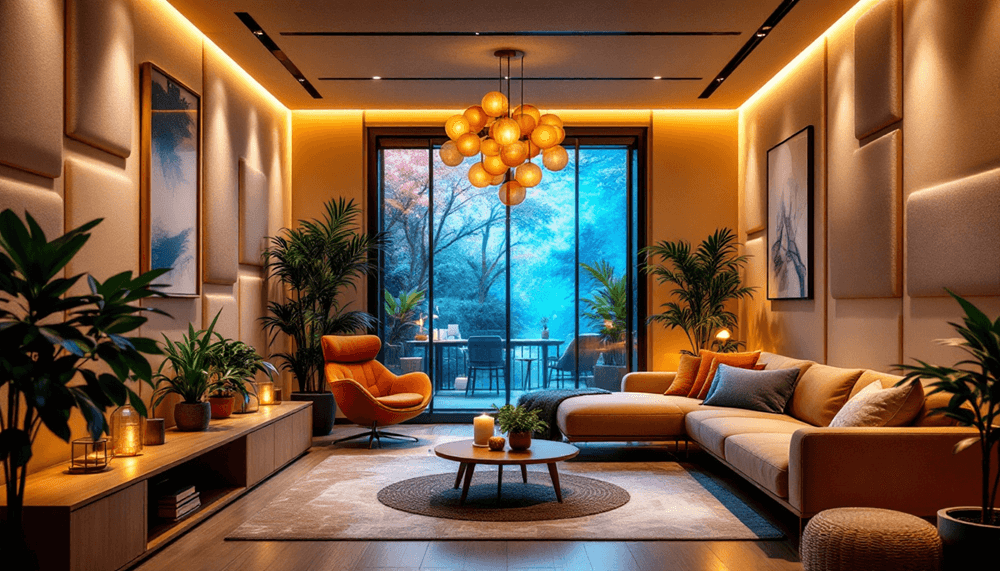The Connection Between Texture Psychology and Interior Spaces
Introduction
Interior design not only provides a visual experience but also affects the emotional and psychological states of users. In this context, the impact of textures on human experience cannot be overlooked. Texture, along with the visual and physical characteristics of a surface, interacts with people through the sense of touch. This interaction shapes how individuals feel, think, and behave in a space.
The Importance of Touch and Its Evolutionary Origins
Touch as a fundamental need: From birth, humans have an inherent need for touch, which plays a significant role in establishing social bonds, fostering a sense of security, and reducing stress. Scientific studies have shown that touch activates relevant regions of the brain and triggers emotional responses. The importance of touch for survival and reproduction has left deep imprints on human behavior, making it essential to incorporate this knowledge into space design.
Psychological Effects of Different Textures
Soft textures: Materials such as cotton and cashmere provide relaxation, a sense of security, and warmth. They are known to reduce stress levels and improve sleep quality.
Hard textures: Materials like stone and metal evoke a sense of strength, durability, and reliability but may also create a perception of coldness and distance.
Rough textures: Materials such as wood and leather convey a sense of naturalness, warmth, and sincerity, though they may cause discomfort for some individuals.
Texture and color interaction: The combination of different textures and colors significantly influences spatial design. For example, a vibrant color on a glossy surface creates an energetic and striking atmosphere, whereas a pastel shade on a matte surface results in a calmer and more peaceful ambiance.
Texture and Spatial Relationship
Texture use in different types of spaces: The textures used in spaces such as homes, offices, and hospitals should be selected based on their function and the needs of their occupants.
Texture and atmosphere: Textures shape a space’s atmosphere. For example, luxurious settings often feature silk and velvet, while rustic designs incorporate wood and stone.
In conclusion, texture is a crucial element in interior design. Different textures affect human psychology in unique ways, influencing a space’s atmosphere and user experience. Designers can create more meaningful and emotionally resonant spaces by understanding these effects and incorporating them into their designs.







